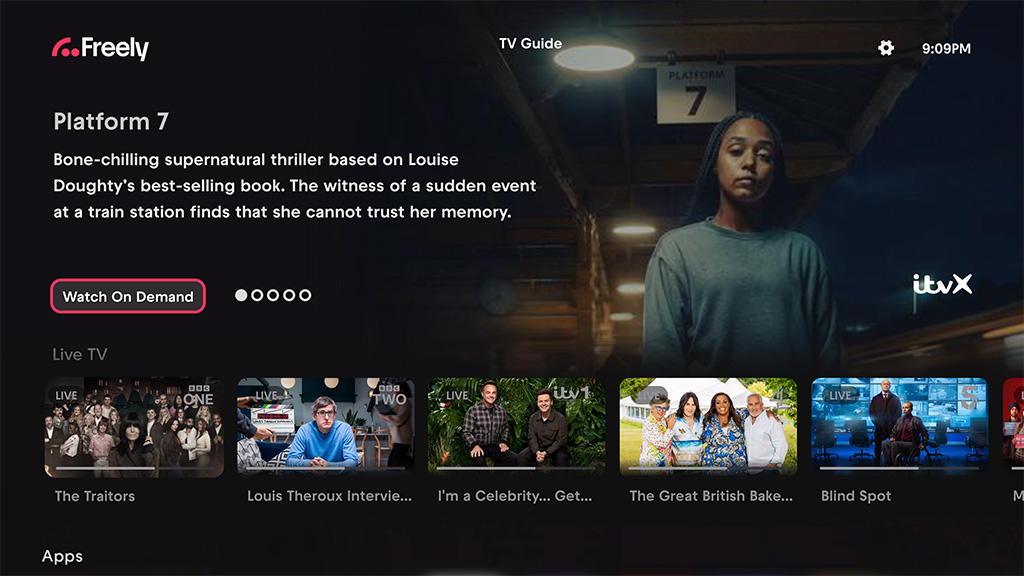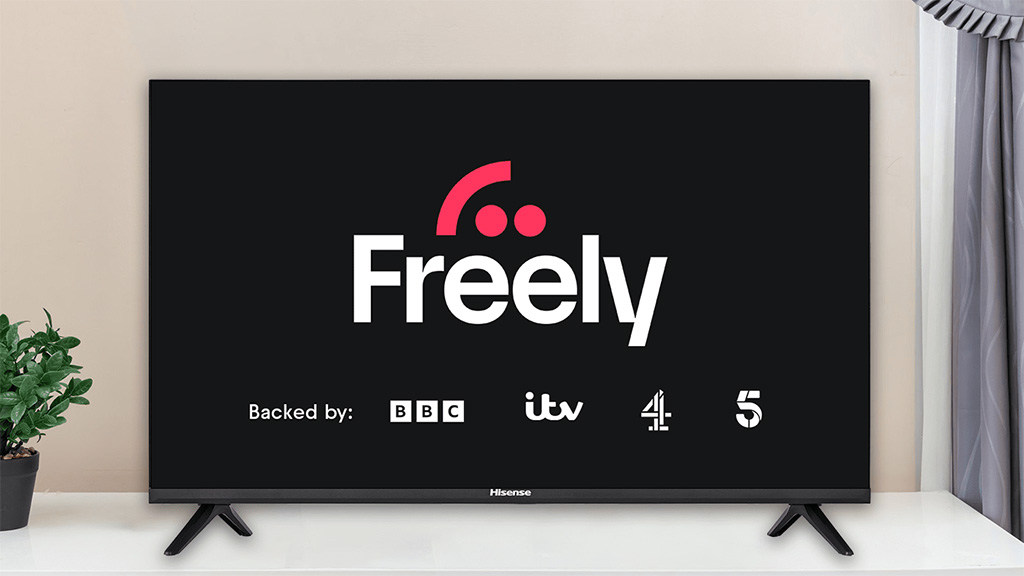With Freely due to launch soon as a new free television service from Everyone TV in the United Kingdom, we take a closer look at the service and its prospects. At first sight it looks like a laudable initiative, but market success is far from certain.
Several reporters were invited to see the soon to be launched service, including journalists from popular newspapers and technology magazines.
The Sun newspaper reported that there is a major limitation that Freely will need to fix fast. The only online channels currently available on Freely are from its joint shareholders, the BBC, ITV, Channel 4, and Channel 5. Any other channels are still delivered over the air, which rather undermines the proposition of Freely as an online television platform that does not need a traditional antenna connection.
Another issue is that although presented as an integrated platform, it will still require users to log in separately to each of the online services from its shareholder broadcasters to view programmes on demand. Given that they jointly own the platform, it seems that this is a fundamental issue that they have so far failed to fix.
The third challenge that Freely faces is that only two television manufacturers have announced support so far. They are Hisense and Vestel. Hisense is a Chinese manufacturer known for producing televisions at low price points. Vestel, based in Turkey, provides televisions under various brands like Bush, Toshiba, and JVC.
Major market leaders like Samsung and LG have yet to reveal any support for the venture. Without them, Freely could end up being seen as the budget option.
The first televisions on the market to support Freely will be Hisense 4K televisions from the 2024 range. Hisense has signed a five-year deal to support Freely. Its sets offer unbelievable value, with large screens on sale for a couple of hundred pounds.
The Freely interface is available on the Hisense television through a dedicated button on the remote control, alongside others that could include YouTube, Amazon Prime Video, Netflix, Disney+, NOW, Apple TV+, and the VIDAA channels from the manufacturer.
Reporters praised the user interface for being simple and straightforward. TechRadar described it as “a very streamlined version of a streaming platform”.
There are just three main views: the home screen, a traditional programme grid guide, and a browse view, with rows of editorially curated recommendations.

Unlike Freeview and Freesat, there is no ‘backwards’ programme guide, with links to programmes broadcast in the previous week. There is no search capability either, although both of these features are promised in the future.
There is an option to freeze a channel for up to fifteen minutes, but there is no ability to rewind or fast forward, or to record programmes. There is a programme restart feature. The idea is that users will need to rely on the individual apps of the different broadcasters for this.

It seems that Freely will launch as a minimum viable proposition, although whether it will provide a viable viewing experience remains to be seen.
Essentially, Freely is an app, so it could be made available on other brands of television, but no plans have been announced for this. There is currently little prospect of it being available on any of the millions of televisions that have so far been sold in the United Kingom.
As it stands, the Freely app takes over responsibility for the presentation of television channels. There is no native channel selection interface available through the television and the only channels available on Freely will be those approved by Everyone TV, which is owned by the public service broadcasters.
Freely is presented as the natural successor to the Freeview terrestrial and Freesat satellite platforms. YouView was a previous attempt at this, launched in conjunction with BT and TalkTalk, but it failed to make its expected impact on the market.
Freely faces intense competition from established online television services from Sky, Virgin Media O2, and EE. They already offer a complete range of channels delivered online, albeit as part of a paid service.
Yet Freely is not really free, because users will still need to have a broadband subscription to use it. Without that, it will operate like a traditional television.
The question for Freely is whether being backed by British broadcasters it is too big to fail, or too small to succeed.
